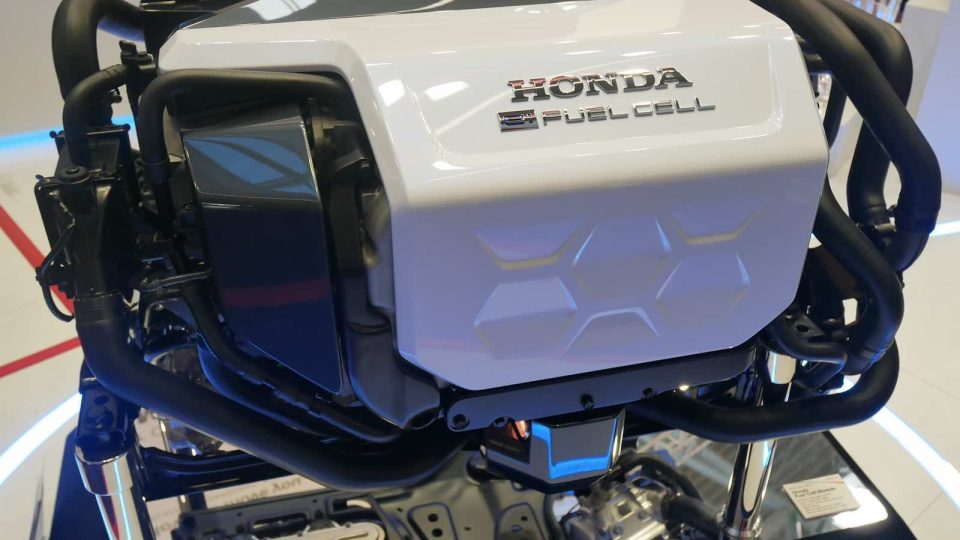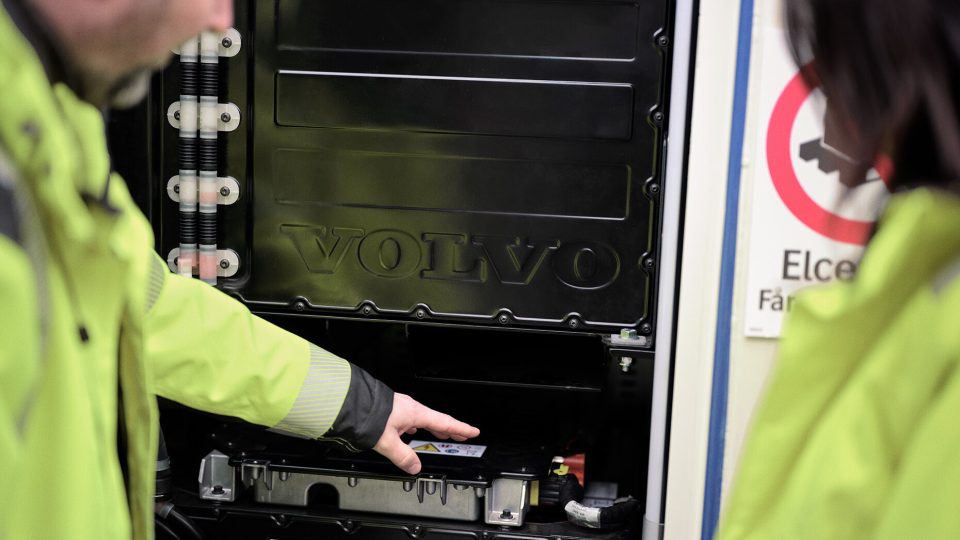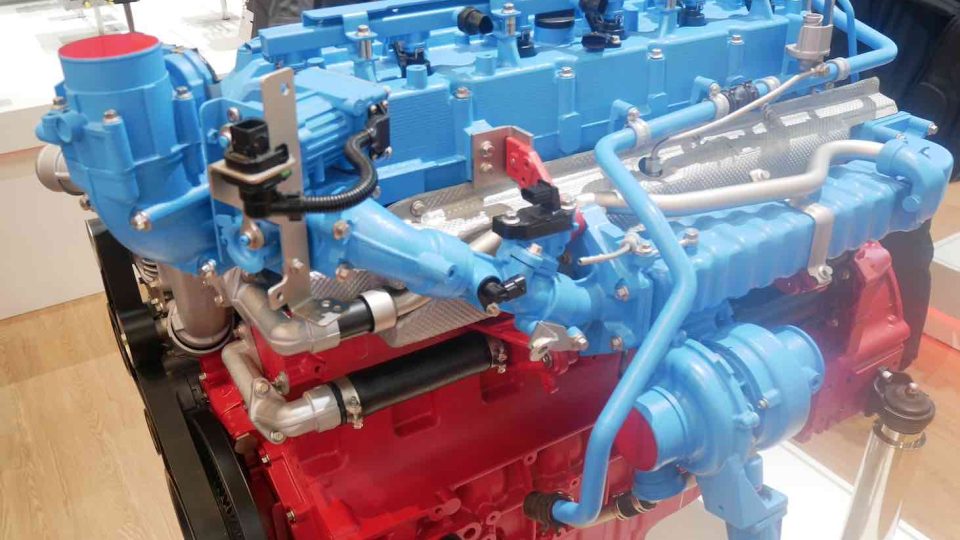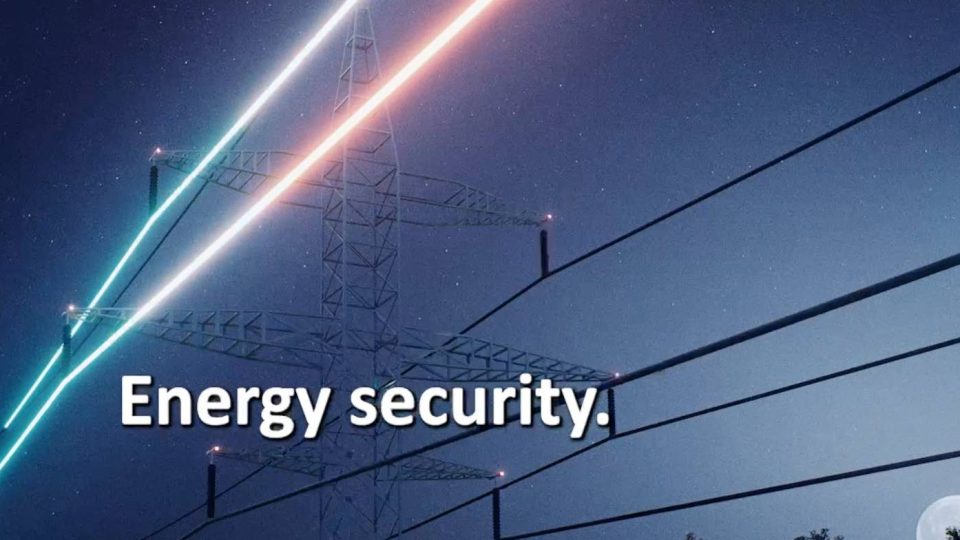Lhyfe and the results of the Sealhyfe project for offshore hydrogen production
Lhyfe has announced that the operating results of its offshore hydrogen production pilot platform, Sealhyfe, which returned to dock in November 2023, confirm that the initial objectives have been met and enable another step forward for the company.
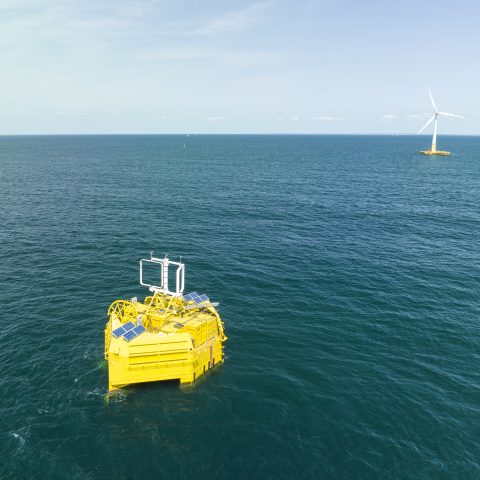
Lhyfe has announced that the operating results of its offshore hydrogen production pilot platform, Sealhyfe, which returned to dock in November 2023, confirm that the initial objectives have been met and enable another step forward for the company.
The Sealhyfe project, equipped with a 1 MW electrolyser supplied by Plug, aimed to demonstrate that producing hydrogen offshore from renewable energy sources is already a reality. More specifically, the experiment aimed to: demonstrate Lhyfe’s ability to operate an industrial-scale production unit in an isolated environment; prove the reliability of the electrolysis technology in harsh environmental conditions that are representative of the operating conditions of its future large-scale offshore sites; provide a database of operating data that can be used to optimise and make production processes more reliable, and to test the technologies employed with a view to scaling them up to sites with ten times and then 100 times greater capacity.
A range of measurement and data collection instruments were installed on board Sealhyfe to ensure precise management and control of all the production unit’s parameters from September 2022 to November 2023, first at the quayside and then at sea.
Sealhyfe: review of test results after 14 months of trials
The experiment confirmed the system’s ability to manage the variability of wind power in specific offshore conditions. The electrolysis system was operated as part of the planned research tests, including at maximum production capacity. The performance achieved was as high as on land, confirming the reliability of the installation.
Throughout the trial, the production system equipment designed by Lhyfe was tested in extreme conditionsfor platform movement management, environmental stress, etc. In particular, Sealhyfe was confronted with five significant storms, including Ciaran, which swept along the Atlantic coast in October 2023, with waves over 10 metres high and winds of over 150 kph. A complete analysis of the production system once it was back on land confirmed that all equipment had returned unharmed with its production capacity intact.
Throughout the experiment, on-board and remotely-controlled measuring instruments were used to identify ways of optimising the efficiency and reliability of Lhyfe’s production units – including safety systems, electrical architecture, automation, fluid and stock management, etc. – for its other projects.
Overall, the Sealhyfe project enabled Lhyfe to develop its expertise in handling the constraints associated with offshore industrial deployment, thanks in particular to its experience integrating an isolated, offshore plant on a floating barge at sea.
Next steps: HOPE and the ramp-up onshore
The results of this experiment are already being incorporated into the HOPE project, which represents the second stage in Lhyfe’s offshore ambitions. This project, which Lhyfe presented with a consortium of nine partners, was selected by the European Commission for a €20 million grant as part of the Clean Hydrogen Partnership, along with an additional €13 million grant from the Belgian government. With HOPE, Lhyfe and its partners are changing scale and aiming to commercialise green hydrogen produced offshore. From 2026, this unprecedentedly large-scale project (10 MW) will be able to produce up to 4 tonnes per day of green hydrogen at sea, which will be exported ashore by pipeline, and then compressed and delivered to customers.
The Sealhyfe project will also ensure that the production processes at Lhyfe’s land-based sites are reliable and optimised from the outset, so that they can be ramped up quickly and progressively. Lhyfe’s ambition is to have a production capacity of up to 22 tonnes of green hydrogen per day by the end of 2024 and up to 80 tonnes per day by 2026.
Matthieu Guesné, Founder and CEO of Lhyfe, said: “The positive results of the Sealhyfe trial and the lessons we have learned from it represent a major new step for Lhyfe. We can now draw on our experience of three onshore sites and one offshore site to design our next green hydrogen production sites. This bolsters our expertise and the confidence of our partners, and supports the entire industry, because Sealhyfe has made offshore hydrogen production a reality”.




